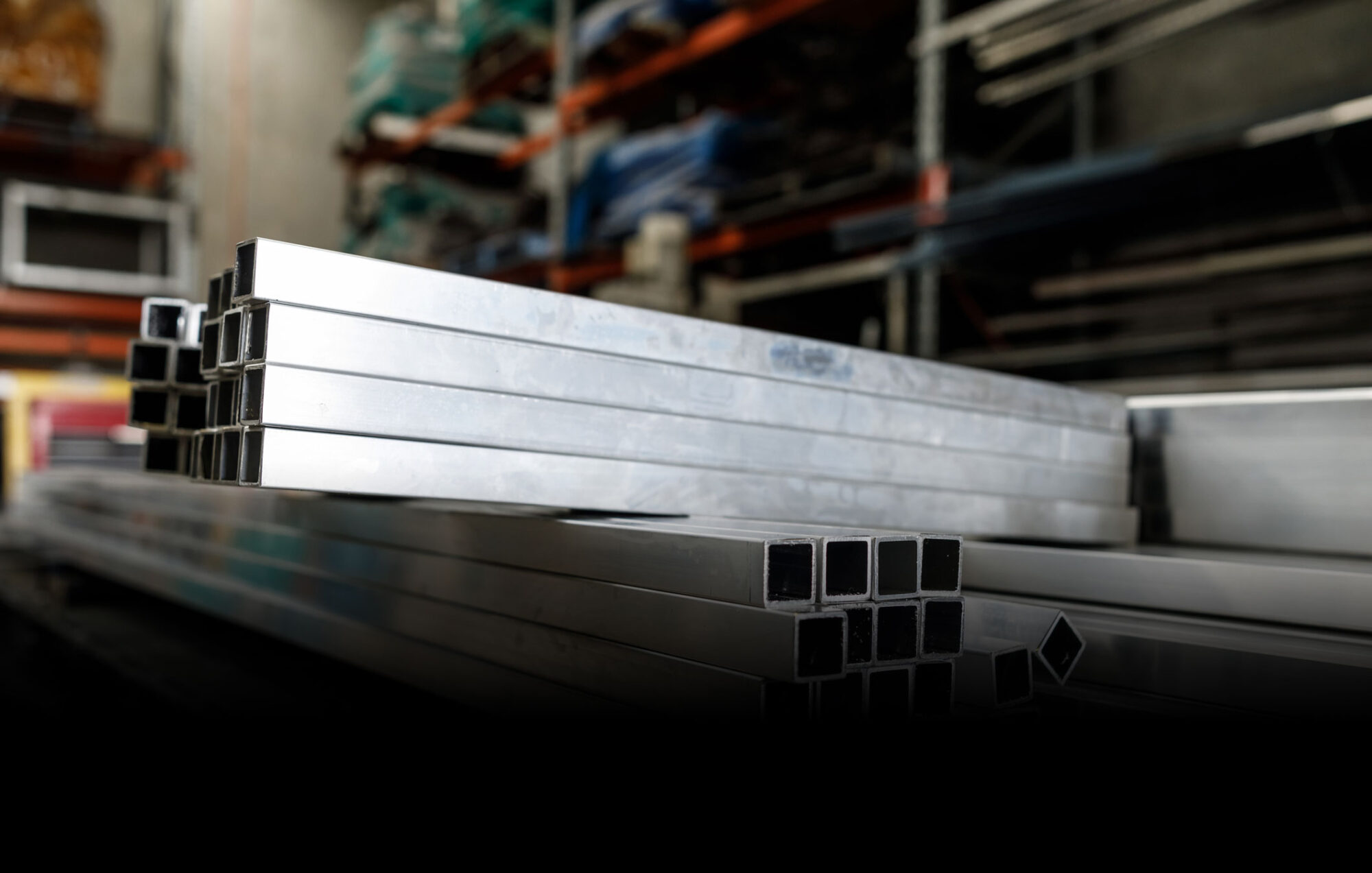With todays environmental concerns being in the eye of the public on a daily basis, it’s important for those of us in the industry, to keep on top of what is hazardous and non hazardous to ourselves and our customer base. Toxic metals are everywhere, and should be identified.
Toxic Metals
Arsenic
Common sources of exposure to higher-than-average levels of arsenic include near or in hazardous waste sites and areas with high levels naturally occurring in soil, rocks, and water. Exposure to high levels of arsenic can cause death.
Beryllium
Elemental beryllium has a wide variety of applications. Occupational exposure most often occurs in mining, extraction, and in the processing of alloy metals containing beryllium. Beryllium can cause sensitization, lung and skin disease in a significant percentage of exposed workers.
Cadmium
Cadmium is an extremely toxic metal commonly found in industrial workplaces, particularly where any ore is being processed or smelted. Several deaths from acute exposure have occurred among welders who have unsuspectingly welded on cadmium-containing alloys or with silver solders.
Hexavalent Chromium
Calcium chromate, chromium trioxide, lead chromate, strontium chromate, and zinc chromate are known human carcinogens. An increase in the incidence of lung cancer has been observed among workers in industries that produce chromate and manufacture pigments containing chromate.
Lead
Occupational exposure to lead is one of the most prevalent over exposure. Industries with high potential exposures include construction work, most smelter operations, radiator repair shops, and firing ranges.
Mercury
Common sources of mercury exposure include mining, production, and transportation of mercury, as well as mining and refining of gold and silver ores. High mercury exposure results in permanent nervous system and kidney damage.
All of these Toxic Metals should be handled in a safe effective way and reported to and metals dealer you work with in selling or buying your materials.

